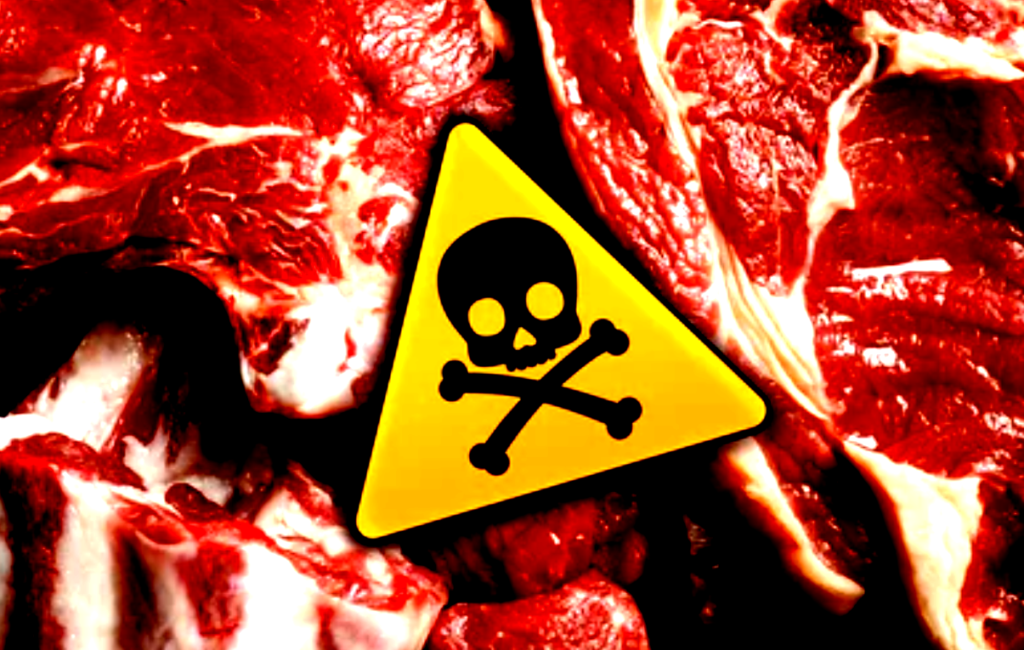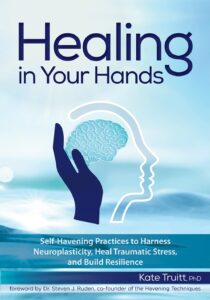Introduction to MSM and Its Importance
Sulfur is an essential mineral that is present in every cell of both plants and animals. As one of the fundamental building blocks of life, it plays a vital role in maintaining overall health. The most bioavailable form of sulfur is methylsulfonylmethane (MSM), a natural and safe dietary element derived from the ocean. Unlike dimethyl sulfoxide (DMSO), from which MSM is derived, MSM is a unique compound that comes in the form of a stable, white crystalline powder that is odorless, tasteless, and free from the side effects associated with other forms of sulfur, such as intestinal gas or unpleasant body odor.
The Role of MSM in the Body
Sulfur is necessary for many bodily functions, and approximately half of the body’s sulfur is concentrated in the muscles, skin, and bones. It is a critical component of keratin, a substance found in skin, hair, and nails. Furthermore, sulfur is essential for the production of collagen, which forms cartilage and connective tissues. MSM, being a member of the sulfur family, helps supply the body with the raw materials needed to create healthy cells, repair damaged tissues, and maintain the integrity of organs. As the body ages, the concentration of MSM naturally declines, making supplementation increasingly important as part of a healthy lifestyle.
Key Benefits of MSM Supplementation
1. Pain Relief and Reduction of Inflammation
One of the most significant benefits of MSM is its ability to alleviate pain associated with systemic inflammatory disorders. Research and anecdotal evidence strongly support the use of MSM in reducing pain in individuals with conditions like arthritis, osteoarthritis, bursitis, joint pain, and swelling. People who take MSM regularly report substantial relief, with some individuals using dosages as low as 100 mg and others taking up to 5,000 mg per day, depending on the severity of their condition.
2. Supporting Joint Health with MSM and Glucosamine
For those suffering from joint issues, combining MSM with glucosamine provides a powerful remedy. This combination has been found to reduce pain, swelling, and stiffness associated with conditions such as osteoarthritis. MSM works by supporting the repair and regeneration of damaged cartilage and connective tissues, providing a natural way to reduce discomfort and improve mobility.
3. Enhanced Muscle Recovery and Reduced Cramping
Athletes and physically active individuals can greatly benefit from MSM’s ability to reduce muscle soreness and cramps, especially after intense workouts. Studies and practical applications, such as those used by trainers of racehorses, show that MSM is highly effective in preventing muscle soreness both before and after rigorous exercise. For athletes who experience post-athletic fatigue syndrome, MSM supplementation has been shown to shorten recovery times significantly, reducing muscle soreness from 8–10 days to just 2–3 days.
4. Nighttime Cramps in Older Adults
Older adults who suffer from leg and back cramps, particularly at night or after long periods of inactivity, can also experience relief with MSM. Taking MSM consistently has been shown to reduce or eliminate these cramps, improving the quality of life and sleep in geriatric patients.
5. Skin, Hair, and Nail Health
Since sulfur is a key component of keratin, MSM is often used as a supplement to promote the health of skin, hair, and nails. MSM helps the body produce collagen and keratin, both of which are crucial for maintaining youthful skin elasticity, strong nails, and shiny hair. This is why MSM is frequently included in beauty products and skin treatments. Additionally, it can be applied topically in creams and lotions, providing local relief and nourishing the skin.
6. Cellular Repair and Tissue Regeneration
MSM plays a crucial role in the body’s ability to repair and regenerate damaged cells, tissues, and organs. When taken with meals, MSM is distributed throughout the body, focusing on areas that need repair. Combining MSM with vitamin C enhances its effects, particularly in the formation of healthy new cells, contributing to overall well-being and vitality.
7. Eye Health
MSM is also featured in eye drops to support eye health. It can be used to alleviate dryness, irritation, and inflammation, promoting comfort and clear vision.
MSM and Diabetes: Balancing Blood Sugar Levels
Studies have demonstrated that MSM can improve the health of individuals with diabetes. By making cells more permeable, MSM allows glucose to be absorbed more effectively into cells, supporting balanced blood sugar levels. Taking 2,000 mg of MSM daily has been shown to improve pancreatic function, helping individuals manage their blood sugar more effectively and potentially reducing dependence on pharmaceutical interventions.
MSM: A Safe, Natural Solution for All Ages
One of the most reassuring aspects of MSM is its safety profile. Unlike sulfa drugs, which can cause allergic reactions in some people, MSM has not been associated with any reports of intolerance or allergic reactions. It is a natural food-derived substance that the body can easily assimilate, making it suitable for daily use across all age groups. For those looking to improve their overall health, reduce pain, promote tissue repair, and enhance skin, hair, and joint health, MSM offers a multitude of benefits without the risks associated with synthetic medications.
Dosage and How to Take MSM
The typical dosage of MSM varies depending on the individual and the condition being treated. For general health maintenance, a daily dose of 1,000–2,000 mg is common, while those managing more severe conditions such as arthritis or diabetes may take up to 5,000 mg per day. MSM can be taken with meals, and when combined with vitamin C, it helps optimize the formation of healthy new cells.
To avoid digestive discomfort, it is recommended to start with a low dose and gradually increase the amount over time.
MSM is a powerful and safe sulfur supplement that offers numerous health benefits. From reducing pain and inflammation to supporting joint, muscle, and skin health, MSM is an essential nutrient for maintaining overall vitality. As the body’s natural levels of MSM decline with age, supplementation becomes increasingly important to ensure continued cellular repair and optimal functioning. For athletes, the elderly, and those with chronic inflammatory conditions, MSM provides a natural, effective solution for long-lasting health and wellness.







